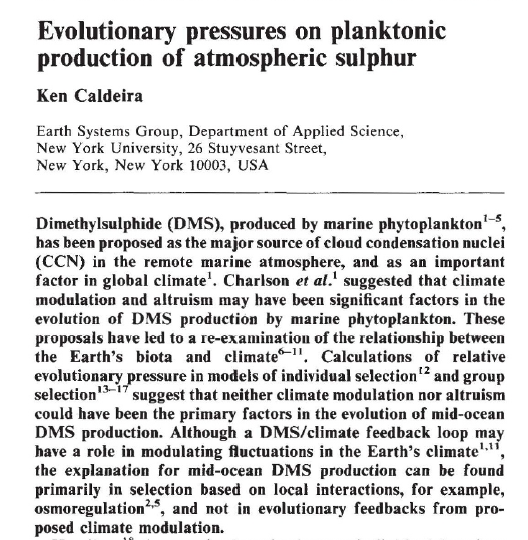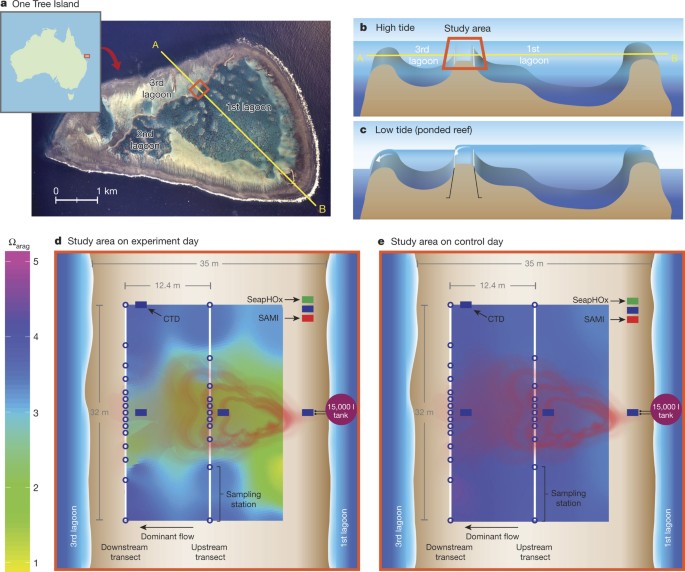I was asked by Stephen Macko to produce an abstract for a lecture for the University of Virginia this coming week, aimed at a general audience and centering on ocean acidification. The abstract went on a little long, so I thought I’d put a version of it here, with links. When I get a link to the Zoom, I’ll put it here. 3:30 PM ET on Thursday 4 March 2021.
Carbon dioxide is a greenhouse gas, but when it dissolves in seawater it becomes carbonic acid. In high enough concentrations, it can be corrosive to the shells and skeletons of some marine organisms. In lower concentrations, it can make it harder for many marine organisms to survive. This talk will discuss ocean acidification in the context of the arc of my career.
When I was in graduate school, I was motivated by concern about climate risks, but most of my research attention was focused on curiosity-driven questions — questions driven by a need to understand, and not by a need to solve any particular problem. As a consequence, my PhD research was largely about marine biogeochemical carbon feedbacks operating after many marine species were eliminated along with the great extinction event that wiped out the dinosaurs. One of the things that became apparent in doing that work, is that accumulation of biologically produced carbonate minerals in coastal waters must be very sensitive to ocean chemical conditions.

A decade or so later, I was working on a project related to ocean carbon sequestration, and we were comparing the effects of atmospheric versus oceanic releases of carbon. We noticed that the changes in ocean chemistry inferred even for atmospheric releases were outside of the range of variability of ocean chemistry for most of geologic time. This observation led to a publication in Nature magazine, and activities helping to publicize the issue of ocean acidification, including congressional briefings and a major article in The New Yorker.

Coarse-resolution ocean modeling can yield only so much information, so I hired excellent postdocs with field experience and initiated a field program leading to the first experiments ever in which ocean carbonate chemistry was altered in situ in the absence of artificial confinement, and the biological response measured. These studies were also published in Nature magazine.
There is only so much diagnosing a problem can do. At some point, you want to solve the problem. I believe a large part of the solution will involve building a better energy system. I have been extremely lucky in that I have been given the opportunity to be leading a group of researchers, and supporting Breakthrough Energy (and Bill Gates) in some of their information needs aimed towards building a better energy system, one that can meet human needs without large negative environmental impacts.

And now my soapbox: We need diversity not only with respect to gender, race, socio-economic background, career-stage and so on, but also in terms of curiosity-driven vs. problem-driven science, long-term monitoring vs. hypothesis-driven science, mechanism-based vs. system-level understanding, and so on. A robust scientific enterprise is a diverse scientific enterprise.
Check out my google scholar page. If you want a copy of a paper, please feel free to write me at kcaldeira@carnegiescience.edu.
